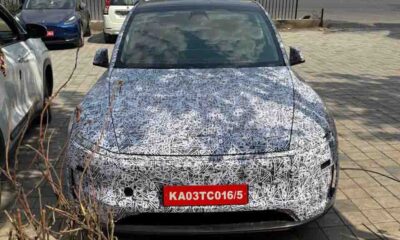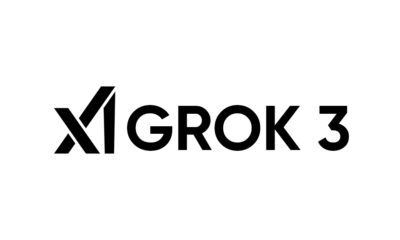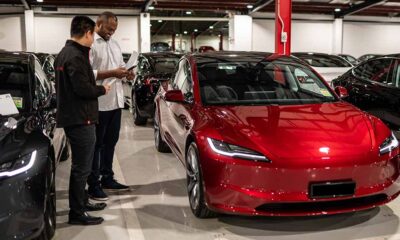Rivian
Rivian and Volkswagen Joint Venture: Governance, Tech Development, Costs and More
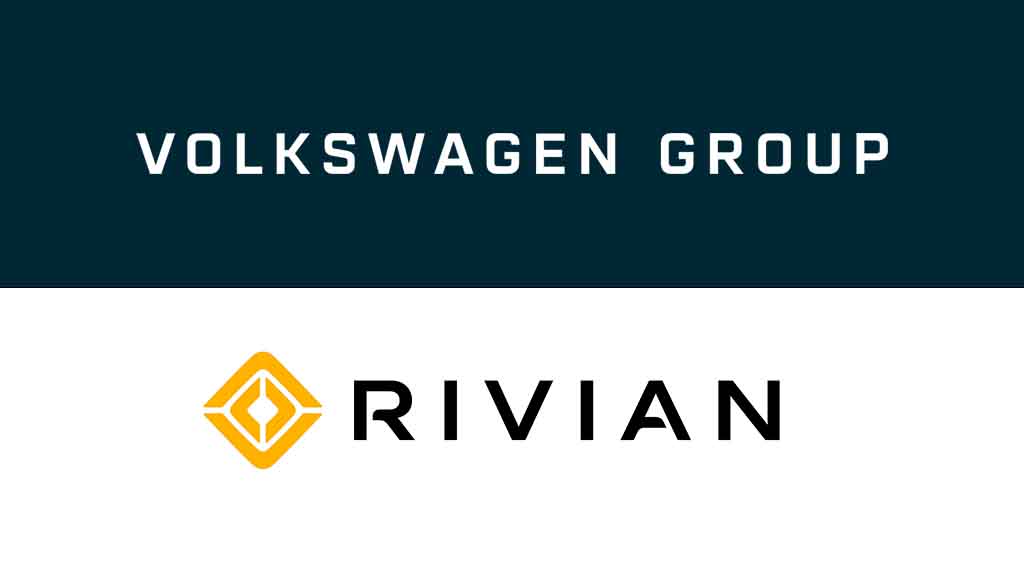
Rivian and Volkswagen Group have finalized a partnership to launch a joint venture for electric vehicles (EVs) and software technologies. This is one of the biggest automotive partnerships signed to date and has many things that you need to know about the gains for each partner.
Governance
This joint venture will operate as an independent company. It involves top officials from both companies under the co-CEO structure.
Rivian’s Chief Software officer, Wassym Bensaid will serve as co-CEO and Chief Technology officer (CTO). He will serve this post while maintaining his job role at Rivian. Wassym will be responsible for hardware, software development, and vehicle integration.
Carsten Helbing, Volkswagen Group’s Chief Technology Engineer will be the other half of the co-CEO and serve as Chief Operating Officer. He will oversee business, finance, and administrative operations. The board consists of four members from Rivian and Volkswagen Group (two from each).
The venture will be headquartered in Palo Alto, California and three other sites are under development in North America and Europe.
Rivian will deploy its software and hardware teams to develop network architecture and software stack. These teams will be joined by Volkswagen’s technical and non-technical employees to new develop technologies.
Technological Development
Rivian and Volkswagen will work on the following:
- Software: Both companies will be involved in software-enabled features for global markets and different vehicle platforms for mass markets, premium, and modern luxury. These will also focus on a robust architecture to support seamless over-the-air updates (OTA) and upgrades.
- Platform: Rivian will utilize its scalable platform technology experience to design and develop a low-cost architecture for affordable mass-market vehicles released in the years to come.
To be mentioned – Rivian’s propulsion and autonomy techs aren’t part of this joint venture.
Under the plan, Rivian will use these new technologies in R2 in the first half of 2026 and the new Volkswagen model in 2027.
Cost efficiency
This partnership aims at building cost-efficient technologies for future vehicles and benefit Rivian’s cost structure in the near and long term.
Volkswagen will fund 75% of the shared platform costs within the JV through 2028, while Rivian will fund 25%. However, each company will be responsible for its vehicle development and businesses.
This cost will be split 50-50 in 2029 and forward. Starting that year, Volkswagen will add $100 million/year in the shared costs to reduce Rivian’s participation in cost management.
The efficiency angle will also cover material cost savings for electrical hardware components to create a competitive zonal architecture cost structure.
This deal will allow Rivian to focus on future EVs including R2 and R3, which are expected to enter production in 2026. It will also enable research on new vertically integrated technologies, manufacturing capacity enhancement, and market footprint expansion.
Deal and Fund
Volkswagen will invest up to $5.8 billion in Rivian and the joint venture by 2027. An initial investment of $1 billion in the form of a convertible note has already been made.
At the closing of the Joint Venture, the German auto giant will invest about $1.3 billion as consideration for background IP licenses and a 50% equity stake in the joint venture.
These investments also balance part of lower future costs identified during the technical feasibility tests and the sharing of costs for the inclusion of selected Volkswagen MEB models.
The remaining investment of up to $3.5 billion could come as equity, convertible notes, and debt at future dates and based on discussed milestones.
More investments under this deal will be based on operational, technical, and financial achievements.
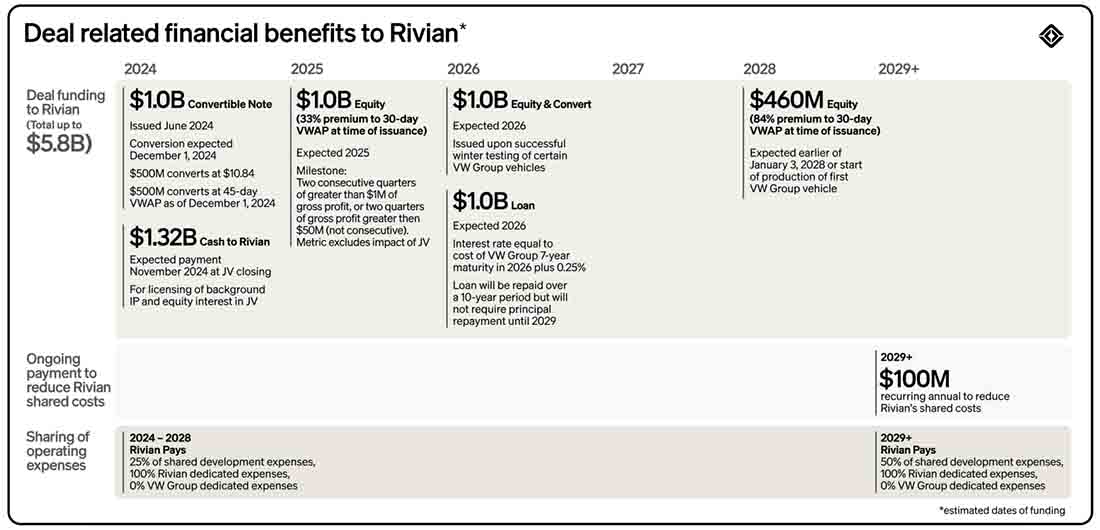
Volkswagen Group’s Joint Venture Investment Benefits for Rivian (Source – Rivian)
(source)



